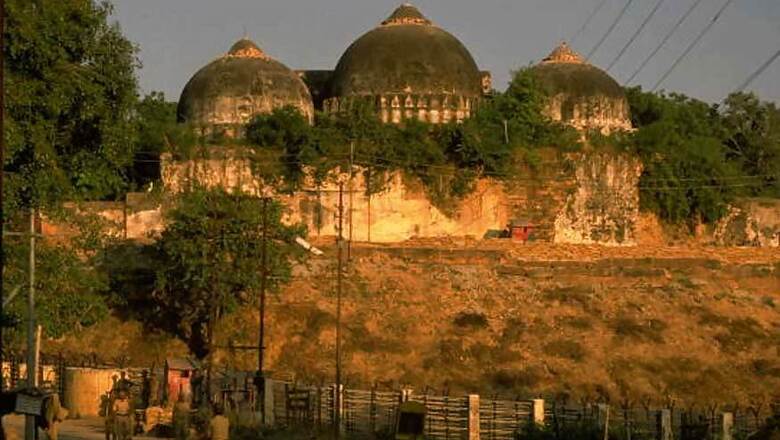
views
In January 1981, 200 Dalit families at Meenakshipuram in Tamil Nadu rebelled against upper caste discrimination and converted to Islam, setting in motion a chain of events which culminated with the demolition of the Babri Masjid in Ayodhya.It’s been 25 years since the Babri demolition. So, today, we look at the turn of events in one of the most tumultuous phases of politics in Independent India. We tell this story through the lives that got entangled in the gushing torrents. Some went on to become powerful politicians, others still are ready to die as ordinary kar sevaks for Ram Temple in Ayodhya.Our first chapter ‘Such a Long Journey’ is about the Dalit boy who laid the foundation stone of the Ram temple. 9 November, 1989 was the ‘auspicious’ day chosen by top Rashtriya Swayamsevak Sangh (RSS) and VHP leaders to performs shilanyas and lay the foundation for the ‘proposed grand temple’ at Ayodhya. Early that Wednesday morning, VHP leader Ashok Singhal’s close aide Rameshwar came looking for Chaupal. “Singhal ji has asked for you. Leave everything and come along," the 34-year-old fulltime RSS pracharak was told. At the shilanyas site—very close to the disputed structure—Chaupal was accorded the coveted seat beside Singhal.
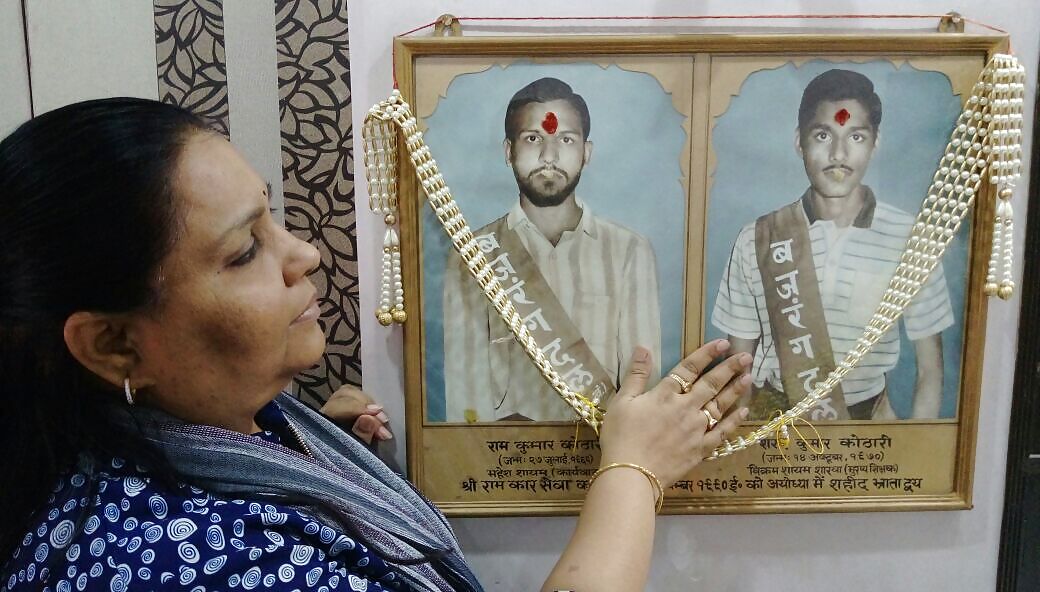
In the third chapter, two people recall the fateful day of 6 December, 1992. One of them is a riot victim, another one brought down the masjid. Sharad Sharma of VHP was part of the mob that had descended on Ayodhya in the winter of 1992. He recalls the chaos that he, as a 13-year-old, saw unfold before his eyes. But, more significant perhaps is the story of Tahir Wagle, whose son, at the peak of communal violence, was beaten and shot dead in front on his family, not by raging mobs but by local police. His father, tired out during the last 25 years of fighting for justice, now wants to give up."If gates aren't locked, God forbid, anything can happen in the country."
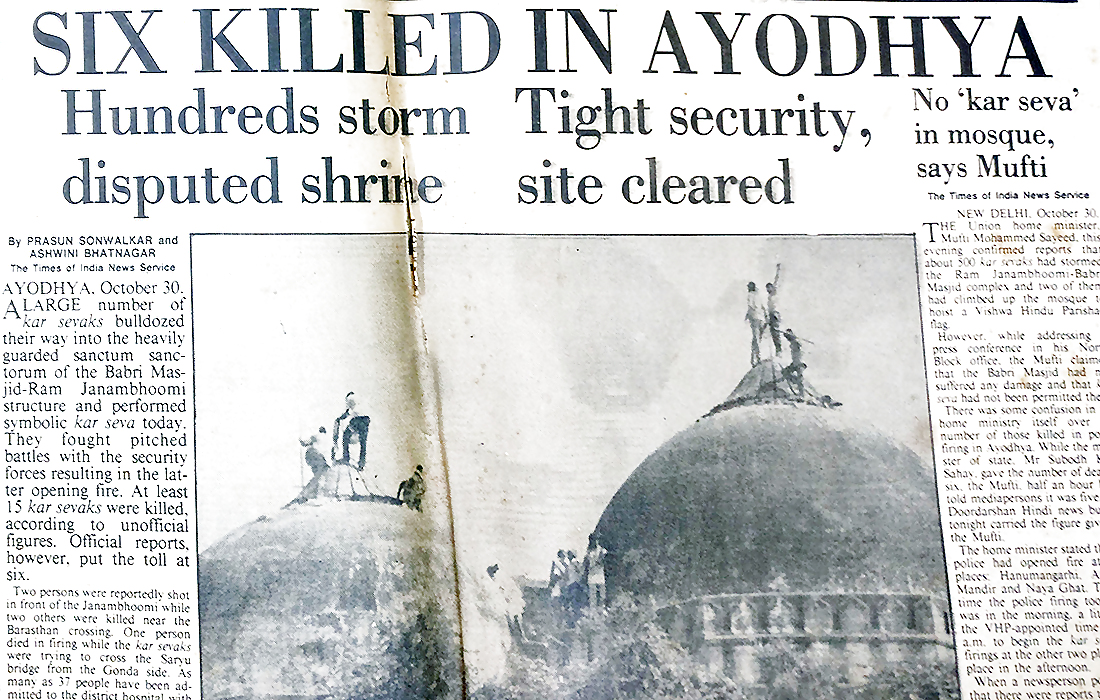
The lock on the main gate of the disputed site was removed on 1 February, 1986, that is almost fifteen days after the decision to reverse the SC Judgment in Shah Bano case. The last chapter is about ‘The Ghost of the Shah Bano case’. In other news, Law Commission Chairman Justice Balbir Singh Chauhan, in an exclusive interview to CNNNews18, said that Uniform Civil Code is “not possible and not even an option". Read his interview here.
Do you know how Shashi Kapoor got his name? Here’s the interesting story behind it.It would not be wrong to term Ajinkya Rahane as the man of all conditions. The middle order batsman has played 24 matches overseas and scored 1817 runs at an average of 53.44, that includes six centuries. But the Mumbai batsman hasn't fared very well in Indian conditions.
Here’s an open letter to Rahul Gandhi, the fifth Congress president from the Nehru-Gandhi family. “You have had a difficult childhood. You witnessed the violent deaths of your grandmother and your father. For the last 19 years, you may have been educated and guided by your mother in the ways of politics. As and when you become president, the apprenticeship will end, though not the guidance and advice."On reel
The Kharwa community, Gujarat's fishermen may snub the BJP after Bharatbhai Modi, a Kharwa leader and BJP worker was suspended from the party after bringing forth grievances of the community in a Rahul Gandhi rally in Porbandar on November 24, 2017. Our first series on ‘The Political Peg’ is on the 2017 Gujarat Elections. Watch it here.
(Get a fresh dose of the news that matters, delivered directly to your inbox, every morning. The perfect way, to get you started and informed, for the day ahead. Subscribe to News18 Daybreak here.)











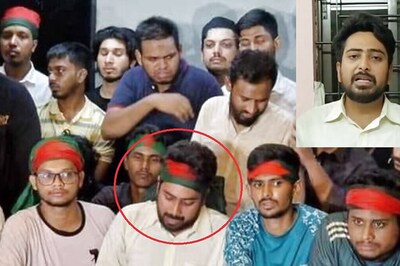
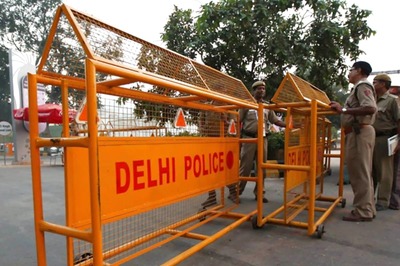


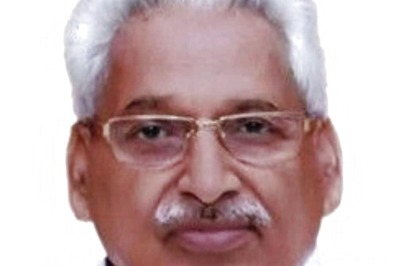
Comments
0 comment